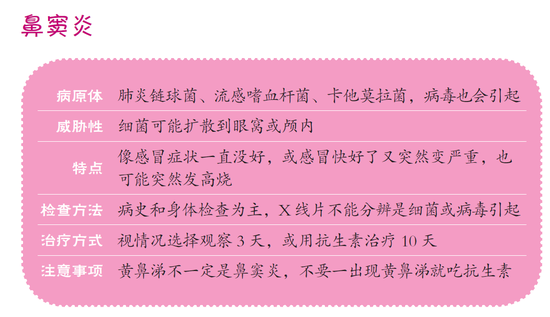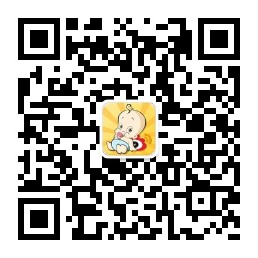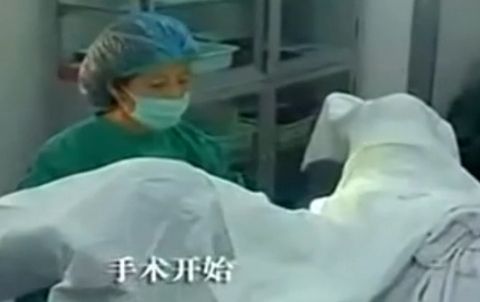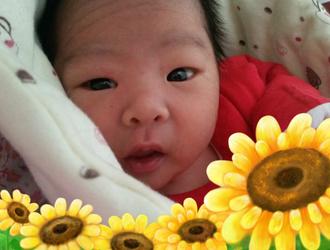Acute bacterial sinusitis




Those who have read this article have also read
focusing
-
Secret of exquisite women: beauty camera -
Stylist of mobile phone: Android wallpaper -
Pay attention to current political thoughts: surging news -
Reading while watching: Hujiang English -
Fire field: Doctor Panda Fire Brigade -
Chop the enemy: Matchmaker Ghost Ninja -
Immortal Control Tool: Heavenly Trace of Xuanyuan Sword -
Uncover the Plot: Mr. Pumpkin's Great Adventure -
Fashion matching: dressing assistant -
Express your love: love notes -
Limited time sale of beauty cosmetics: Jumei premium products -
There's always something for you: cool dog music -
Master: Matchmaker Tennis Tour -
Uneven: box boys fight against bullies -
Crisis: rescue of little fireflies -
Fun: Bear Farm
-
Weibo Yiqi Thanksgiving Action -
2013 Donate one yuan of love and nutrition -
2013 One Foundation Public Welfare Image Festival -
China Public Welfare Platform of Water Cube -
Alibaba Public Service Advertising Competition -
Siyuan Ark disaster prevention and mitigation -
2013 Aiyou Charity Dinner -
Canon Image Public Welfare -
Poor children's book drift box project -
Ford Environmental Protection Award -
Global action to protect the rights and interests of girls -
Benz Nature Conservation Project -
Canon Hope Primary School Color Classroom -
Kraft hopes the kitchen -
Women's Foundation Mother Posting Activity -
Weibo Daren Tong
-
Gift Bag for Jianghu New Star of the Age of Wulin -
Dream Westward Journey Mobile Edition Summer Friendship Card -
Star Wars A Sina Advanced Privilege Gift Bag -
"Quest" Heavenly Book Strange Tales Supreme Gift Bag -
Privileged gift package of Sina for Ghost of a New Beautiful Girl -
Gift Bag for the 15th Anniversary of Legend of Blood -
Dahua Westward Journey 2 Public Test Gift Bag -
"Qiannv Ghost 2" Sina 1888 yuan platinum card -
The Third Sword Privileged Sina Diamond Gift Bag -
"Miracle MU" Sina Exclusive Gift Bag -
Sina customized gift package for Dragon's Gate and Tiger's General -
The second test code of "Riding Tiger and Leopard" -
Role play novice card -
Shooting game novice card -
Action game novice card -
Strategy game novice card
-
[Finance] Stock market inquiry -
[Finance] Financial calculator -
[Technology] Digital product library -
[Video] The hottest movie -
[Tourism] Inquiry of domestic and foreign scenic spots -
[Child care] Child care utility library -
[Car] Model query -
[Women] cosmetics product library -
[Constellation] Constellation fortune query -
[Entertainment] Video query -
[Entertainment] TV program list -
[Education] University and college inquiry



